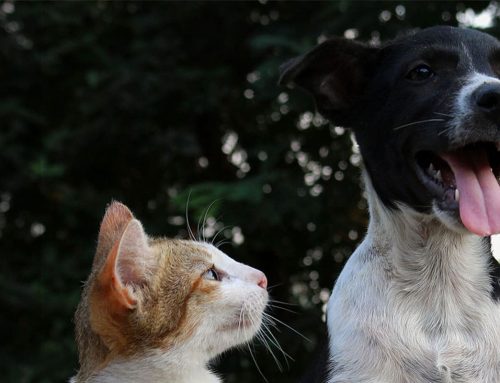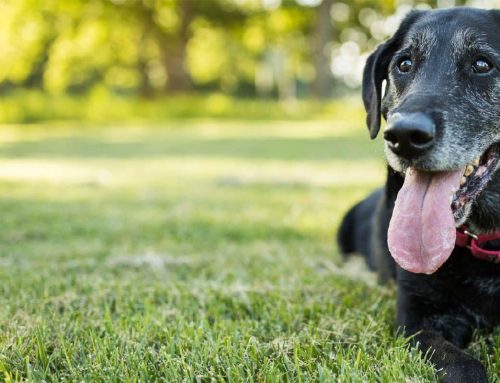Strong Communication means a better relationship
A good relationship between dogs and owners is built on communication. Dogs communicate mainly through body language and signals. Your responsibility as a dog owner is to understand and interpret those signals to enable you to teach your puppy or dog the best way of telling you what they really need.
Good behaviours should be Rewarded
Always praise and reward good dog behaviour. As we do with children, we tend to forget to reward and praise them when they behave, and only give them attention when they don’t.
Teaching your dog social skills
The first and most important lesson you should teach your dog is to sit before interacting with you or others. This can be done easily and a dog can learn it at any age, as long as the learning sessions are short and fun.
Here are some simple steps to teach your dog how to sit:
1. Take a treat in your hand like a piece of cheese and anything your dog likes the most. Hold it in between your fingers and place this hand close to the nose of your dog.
2. Raise the hand above their nose and then backwards. Your pet’s head will move to follow the treat. Eventually, your dog will sit, because it will be more comfortable.
3. As soon as they do, say “sit” and give your pet their treat. Dogs associate what they are doing with what you are doing at the same time, so they will associate the word “sit” with the action and the reward.
Unwanted behaviour should be ignored
If you want to teach your dog to stop doing a certain action, you need to withhold your attention for a while and as soon as he stops, reward him. For example, if your dog jumps up on you, do not respond, just cross your arms, turn your head away and remain silent. Do not try to push the dog away, look or talk to them because they interpret your action as play. When the dog finally sits, reward them with your attention or a treat.
Dogs also respond to eye contact. Another way to teach them is to call them by their name and as soon as they look at you give them a special treat. Repeating this simple exercise will teach your dog to listen to you whenever you want them to.
Playing and Training
All breeds of dogs need different exercises and games for the purposes of play and interaction. You should give them different toys and balls, so that they know how to interact with humans as well as with other dogs. If while playing the dog grabs your hand intentionally or unintentionally, this behaviour should be interrupted by withholding your attention or by making a high pitched “ouch” so they know not to repeat the action. Resume playing as soon as they let go.




